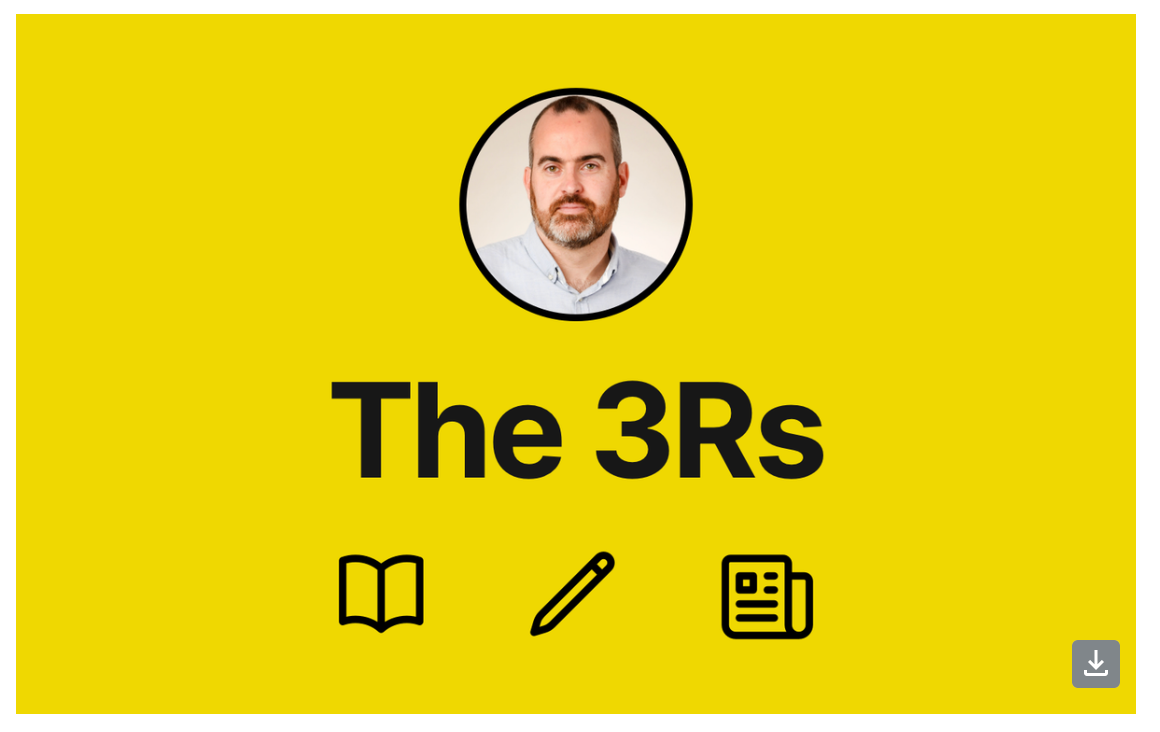Should we ditch the Kindle and pick up a paperback? Or put away the plain ol’ textbook and dive into digital learning instead?
In our brave new world of ever-present technology, we are left with questions about what is best: tried and tested traditional methods or innovative new technologies.
New research from the University of Valencia, Spain, has synthesised research from the last two decades and has found that when it comes to text comprehension – reading to learn – that print reading on paper may still be bettering glossy new screens.
Importantly, for teachers and school leaders, age really mattered in this synthesis of research when it came to the impact of the mode of reading.
When learning to read, such as in primary school, a negative relationship was observed between leisure digital reading and text comprehension. However, for secondary and university age students, the relationship turned into a positive one.
Age and stage of reading development matters when it comes to what mode of reading we choose.
What are the benefits of traditional reading methods?
Reading a lot and making it a habit is vital. There is simply little substitute for reading widely and well. We can learn thousands of words a year, but reading supercharges that process and it offers a uniquely powerful diet of rare words we only encounter in reading.
What the research indicates is that reading 10 hours of print on paper may prove more likely to be retained. We don’t exactly know all the reasons why this is the case, but the ‘reading mindset’ of traditional texts likely makes a difference.
With digital texts, we can scroll and click, but that can potentially disturb the careful act of reading. Pop ups and additional texts or graphics may distract and much as add value to reading comprehension.
The ‘deep reading mindset’ of traditional reading likely proves more immersive. Additionally, seeing the words in print offers thousands of tiny cues for meaning, and patterns that can make a meaningful difference over time.
I often feel the loss of print when I am listening to an audiobook. Even though it offers me lovely experiences (such as on a long car ride, when I can read immersively), I tend to forget what I have been listening to much easier.
Personally, when I read digital texts, such as research, I can get lost in a digital-rabbit hole of interesting stuff, but I can invariably lose track and also get struck by attractive images and links that lure may attention away.
Should we embrace new technology?
When it comes to wider reading, parents and teachers can and should consider e-readers and audiobooks. They can offer alternative to traditional habits than can surprise and offer an engaging alternative. For example, on a car ride with young children, an audiobook could prove much more beneficial than watching a video on a tablet or similar.
Age, stage of reading, motivation, and simply a change of routine can all matter, and technology can have its place.
We should be wary of a Luddite attitude to technology that rejects e-readers or digital textbooks, but at the same time we should select our mode of reading with care.
It is helpful to identify goals for reading and when it comes to leisure reading, aim to retain a steady diet of memorable print reading. In my personal reading, if I want something to stick and learn about a topic, I’ll buy the book or print off a paper copy for text marking and similar.
When it comes to younger children, we should give them lots and lots of exposure to traditional print (thereby developing ‘print knowledge’). It is like how young children also need to undertake lots of traditional handwriting and spelling to embed these into their writing habits.
The feel and touch of traditional reading, such as simply turning the page and scanning the text, may offer lots of small gains we should be careful not to lose.
Should we put down the e-readers and the tablets? For young children, we likely should. Once they are skilled, deep readers, we can vary the reading diet further. But we should always be careful to pay attention to both what and how we read.






Comments